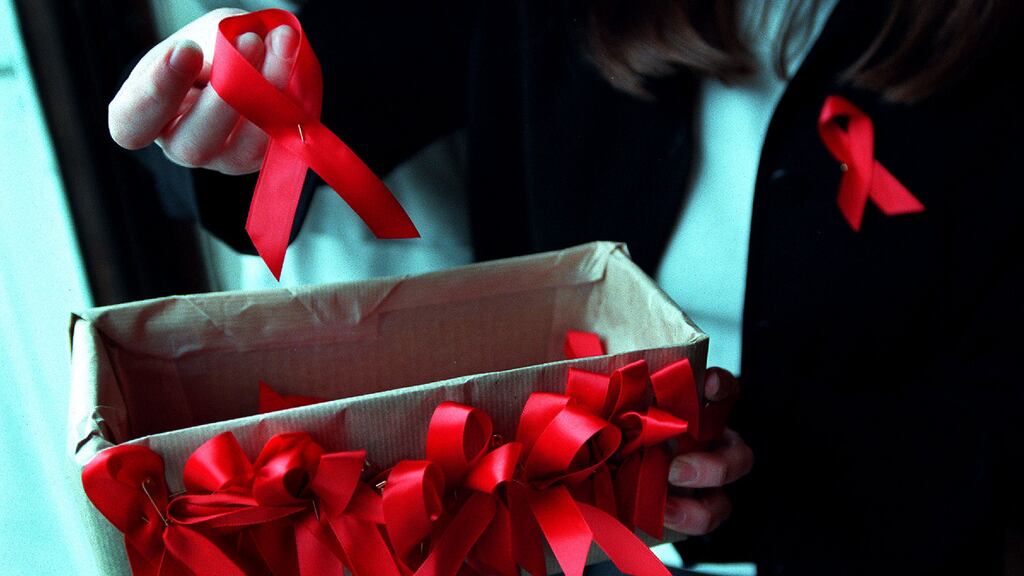Young gay and bisexual men have been warned the risk of contracting HIV has grown significantly.
As new figures revealed a four-fold increase in new diagnoses among those aged between 25 and 34, the Gay and Lesbian Equality Network (Glen) said sexual health education and targeting HIV prevention measures were critical.
Director of Gay HIV Strategies at the network Tiernan Brady insisted raising awareness and promoting testing among gay and bisexual men can lead to a reduction in infection rates.
“For a new generation of young gay and bisexual men, the risk of contracting HIV has grown significantly,” Mr Brady said. “Between 2005 and 2012 there has been a four-fold increase in the number of new diagnoses among those aged between 25-34 years.
“There is a critical need to educate young gay and bisexual men about good sexual health and about HIV and how they can protect themselves from contracting the condition.”
He insisted that HIV is a preventable condition and that Glen’s goal is to eventually achieve zero infections.
Figures released on Friday by the Health Service Executive's (HSE) Health Protection Surveillance Centre showed there were 166 newly diagnosed cases of HIV among gay and bisexual men last year. These are the highest diagnosis rates recorded in Ireland to date. "Implementation of sexual health education and HIV prevention strategies and campaigns targeting groups which are most at risk are critical in effectively responding to the ongoing high levels of HIV diagnosis amongst gay and bisexual men," Mr Brady added.
“Such campaigns, working in conjunction with wider strategies addressing the need for testing and tackling the discrimination and stigma which is experienced by people living with HIV would represent an effective focussing and marshalling of the available resources.”
The HSE figures also showed that diagnosis rates increased by 160 per cent between 2005 and 2012. This represents 48 per cent of all new HIV diagnoses. The age group most at risk of HIV is also getting younger, with the average age of those contracting the virus falling to 32 in 2012.








